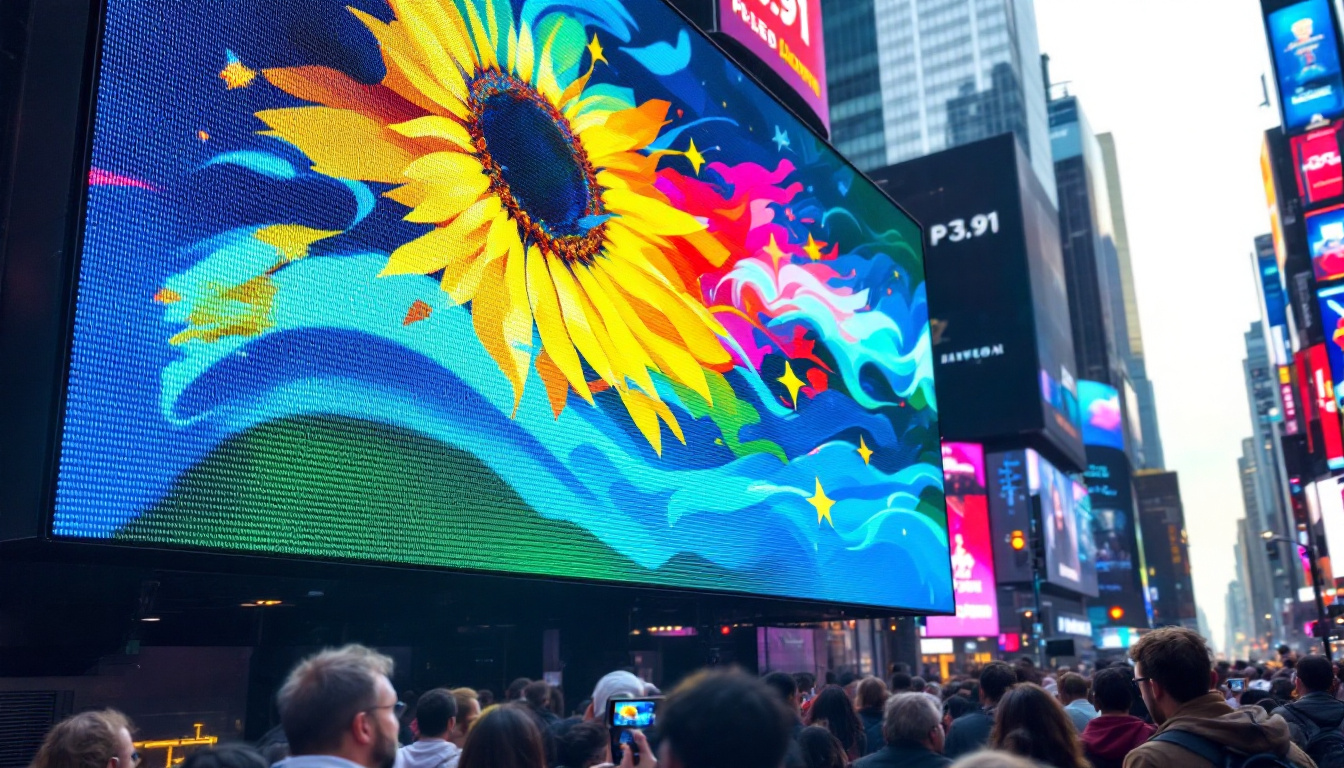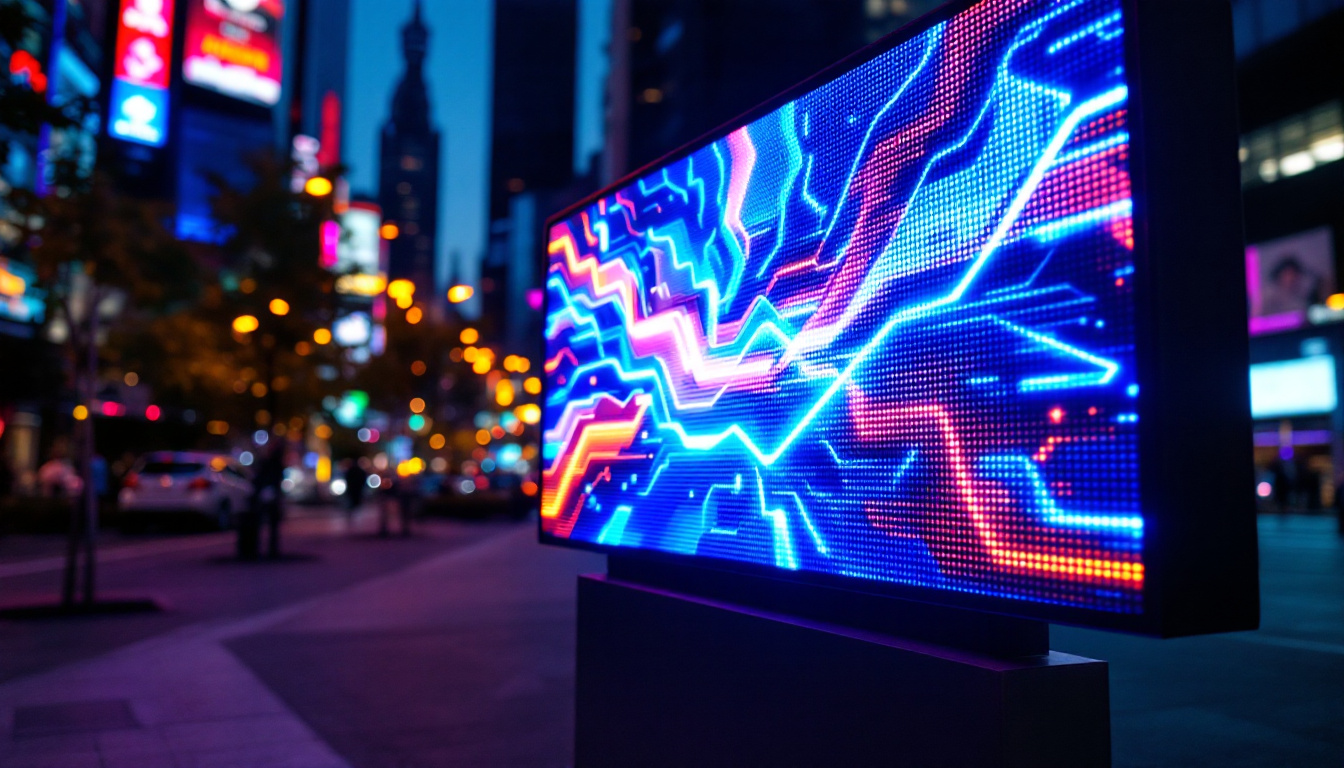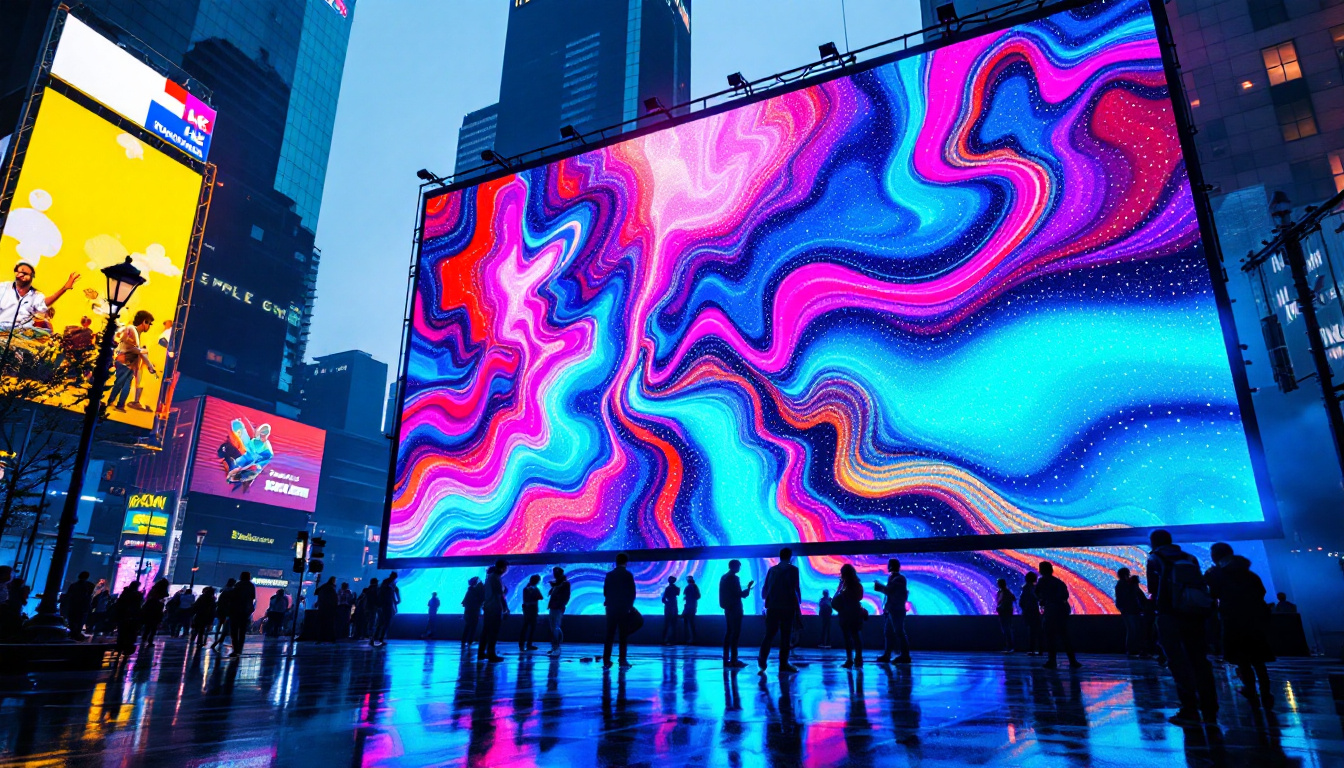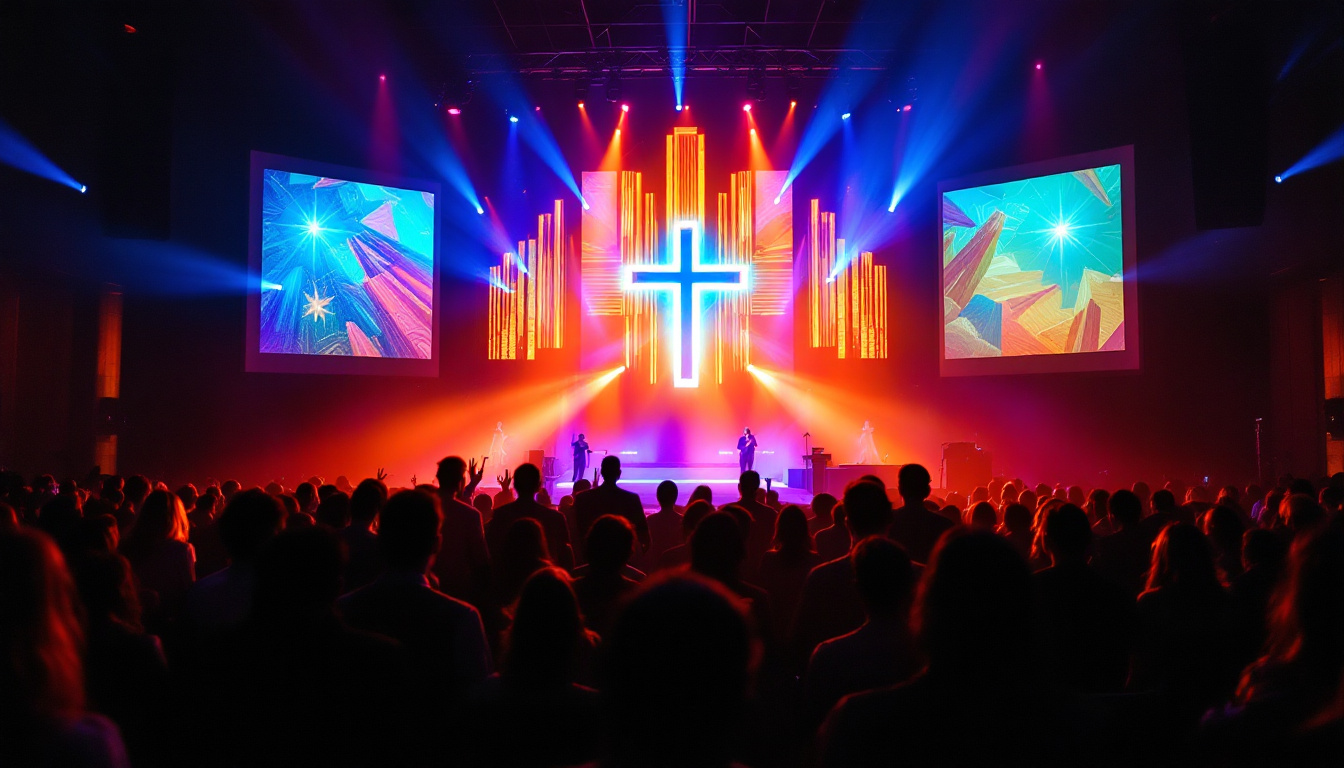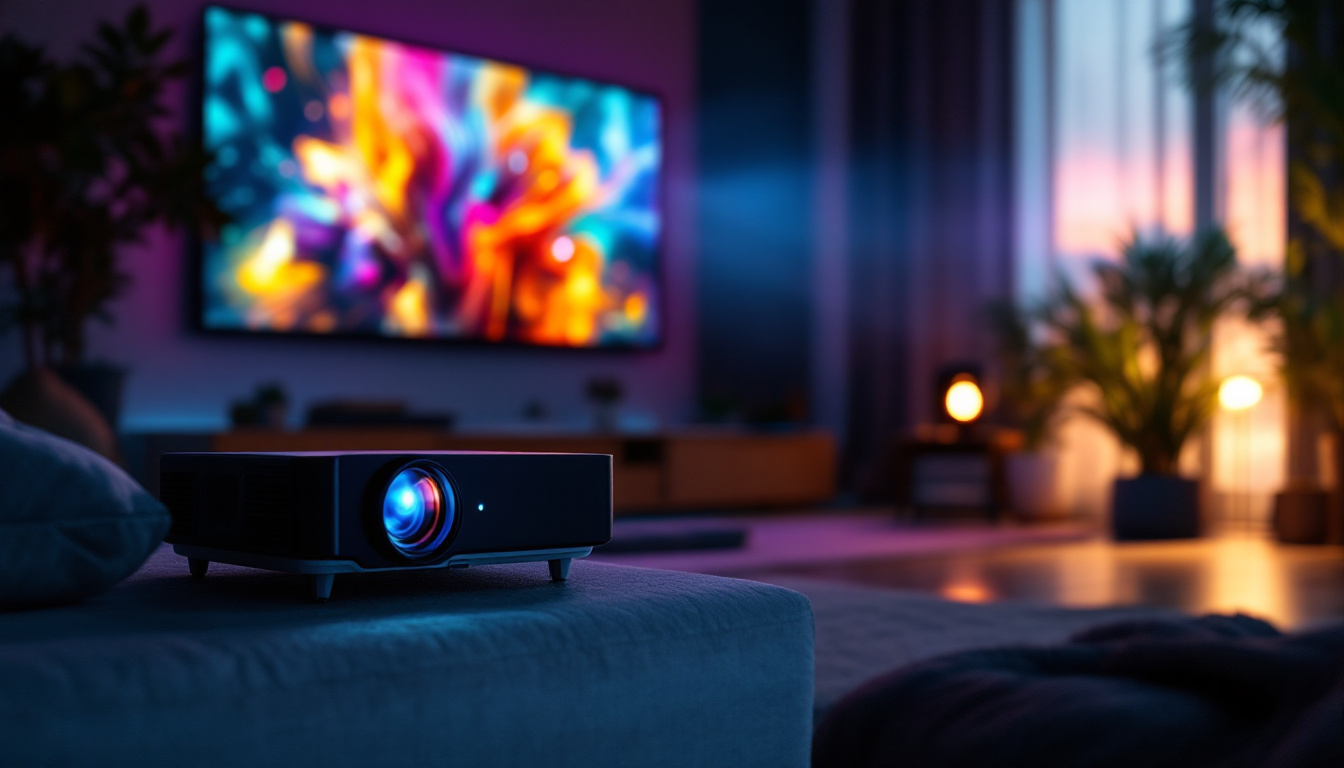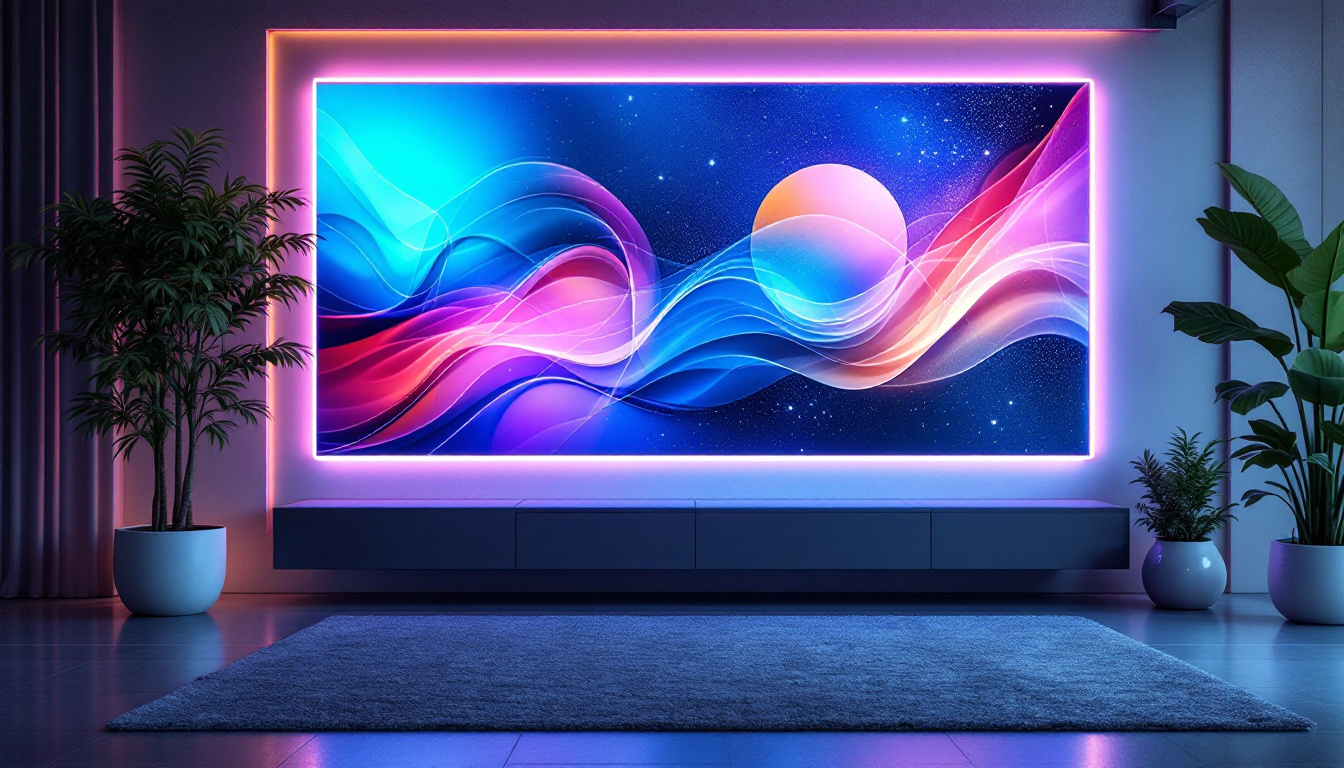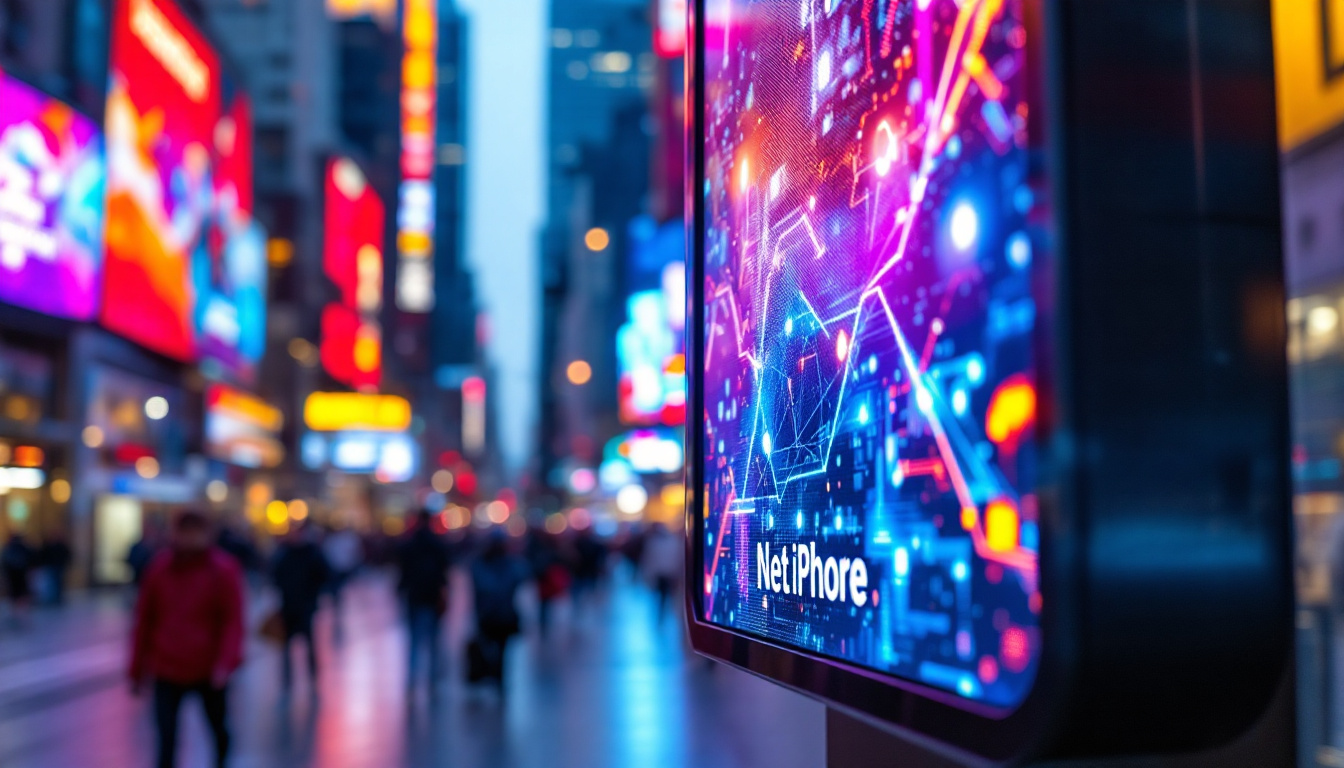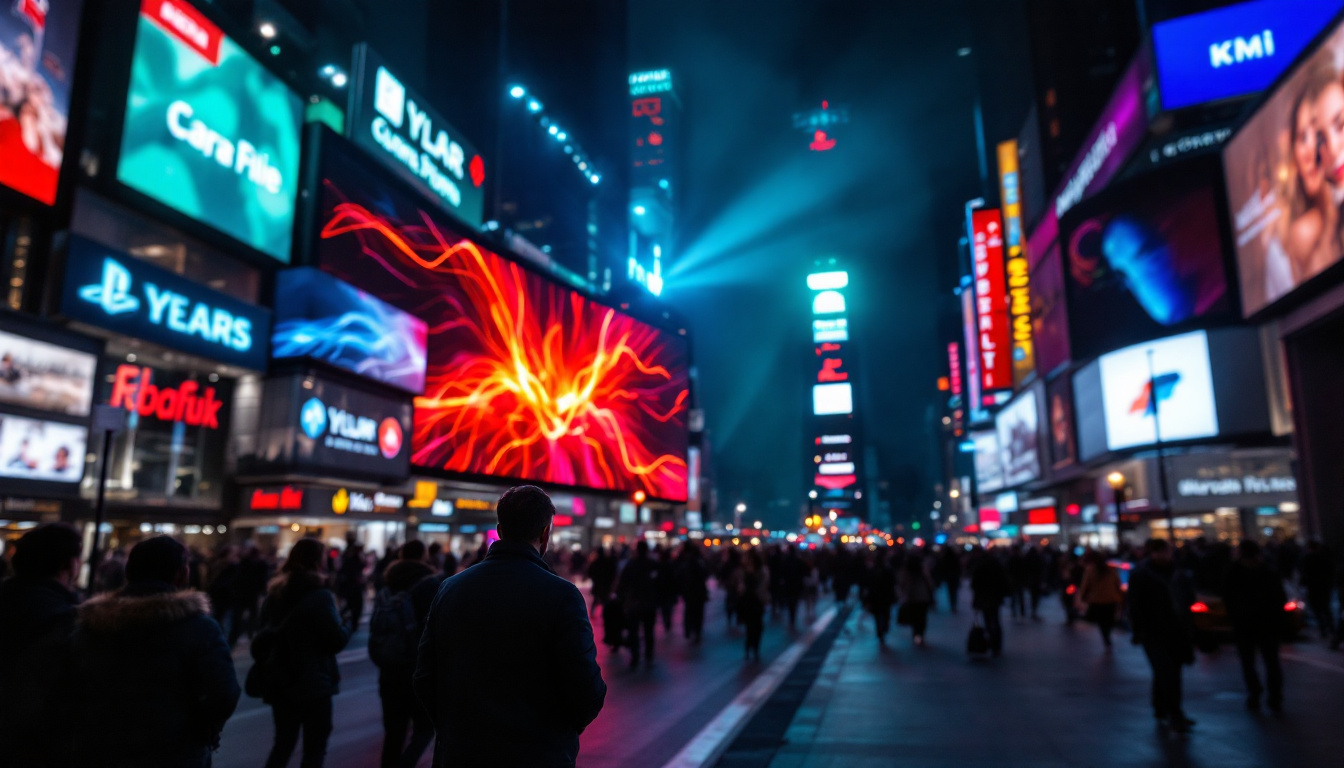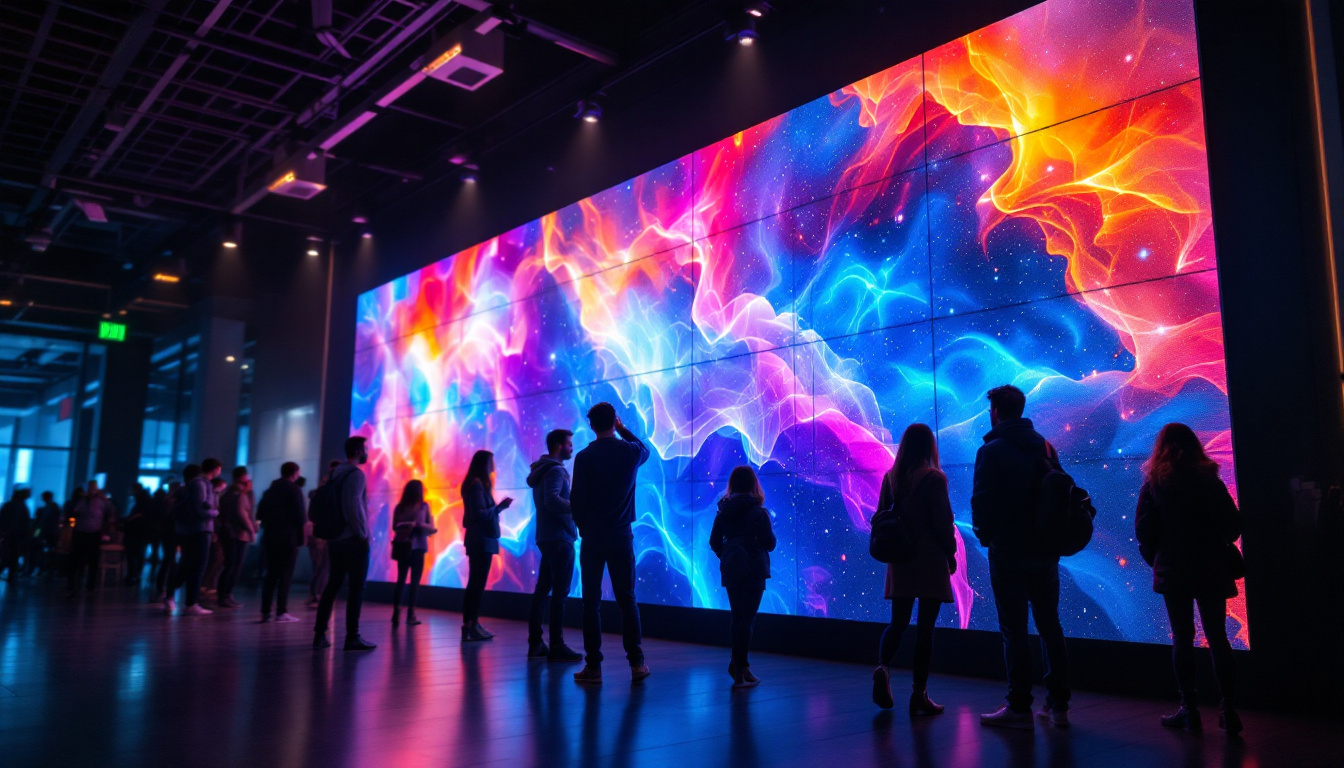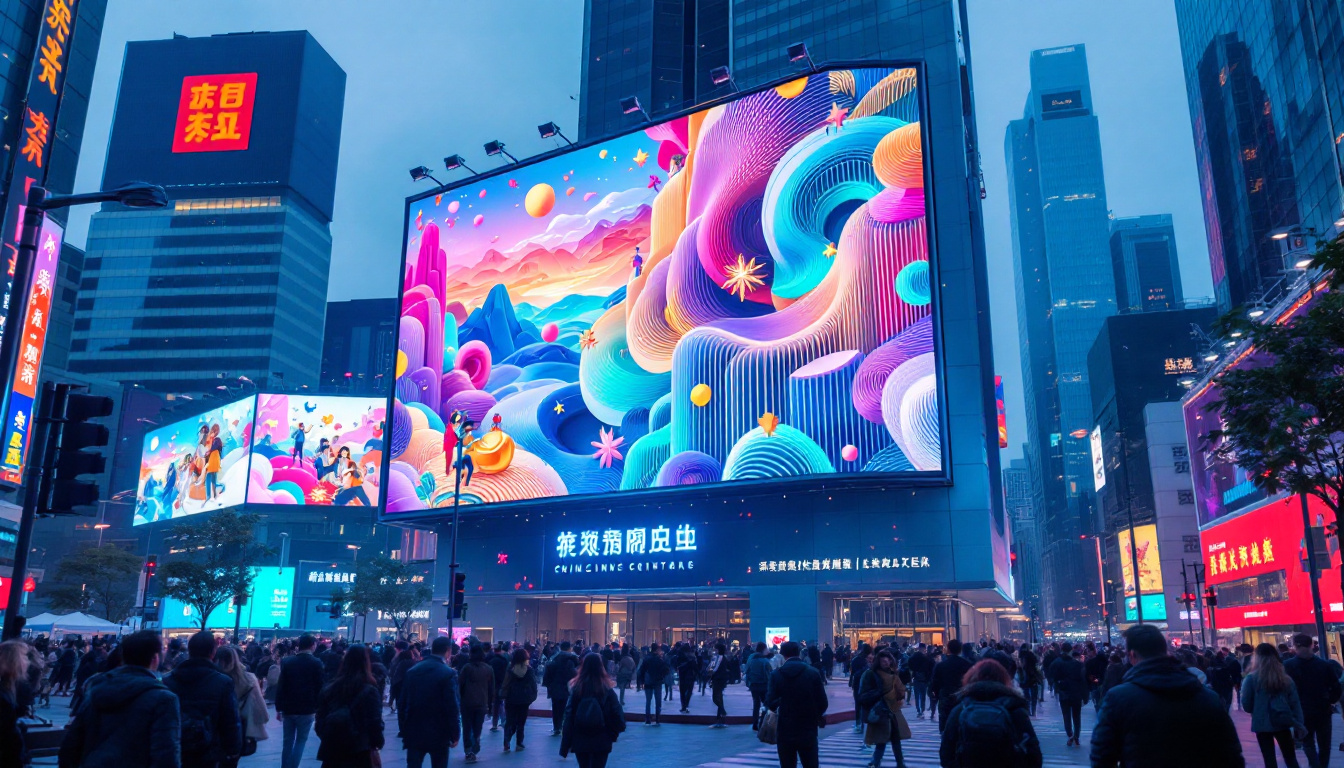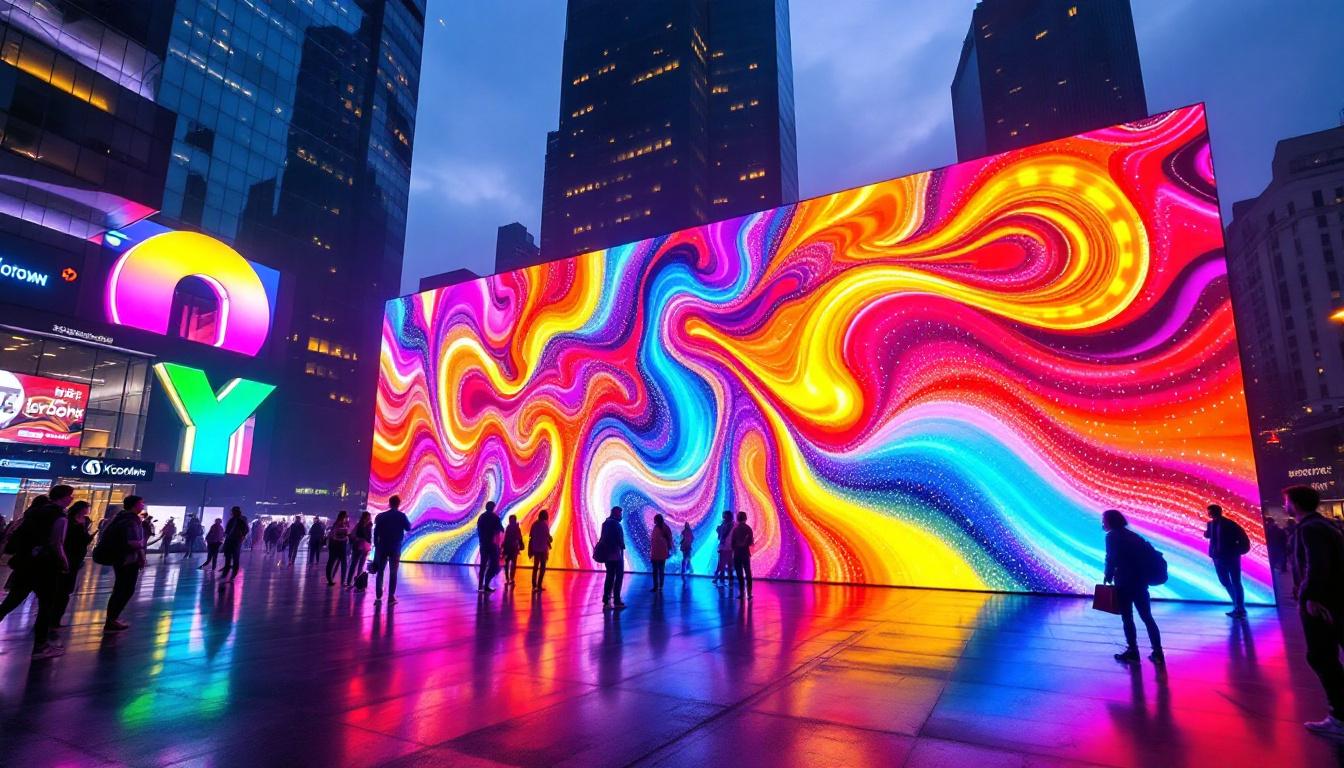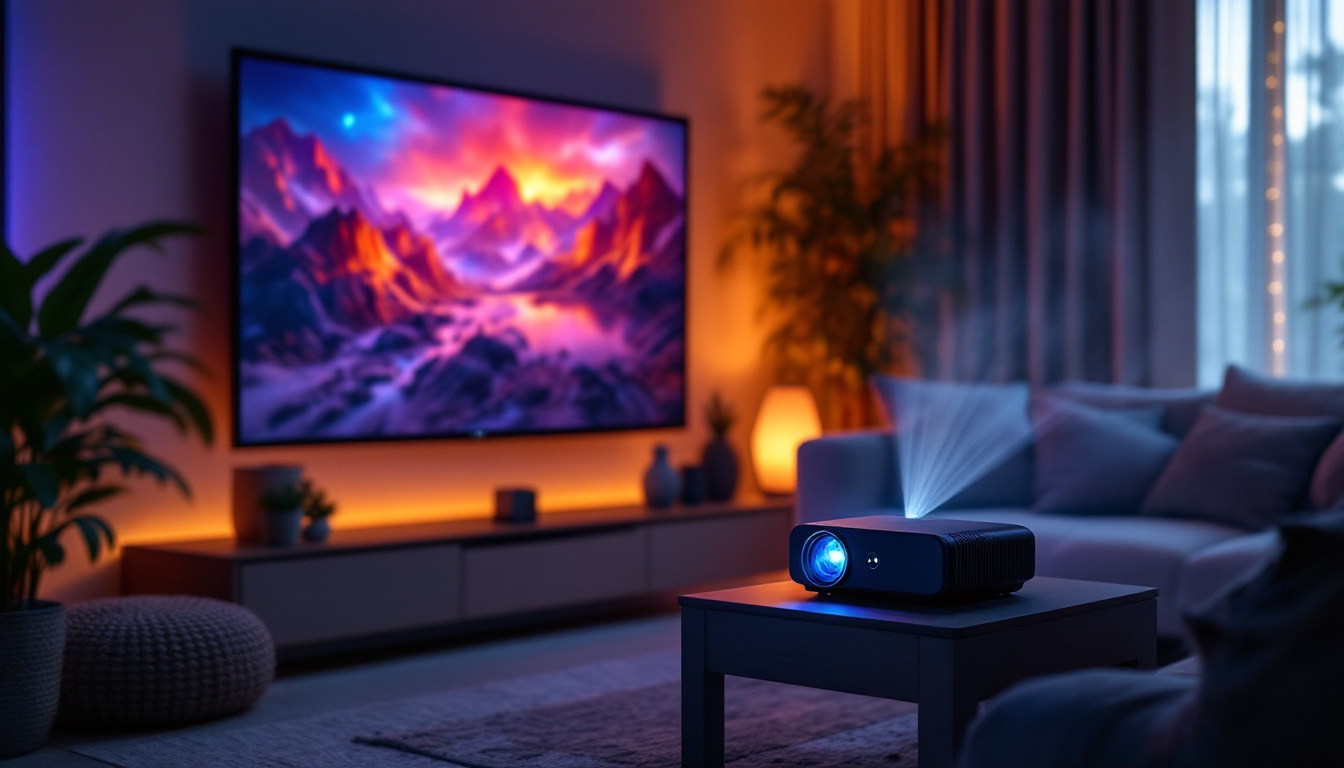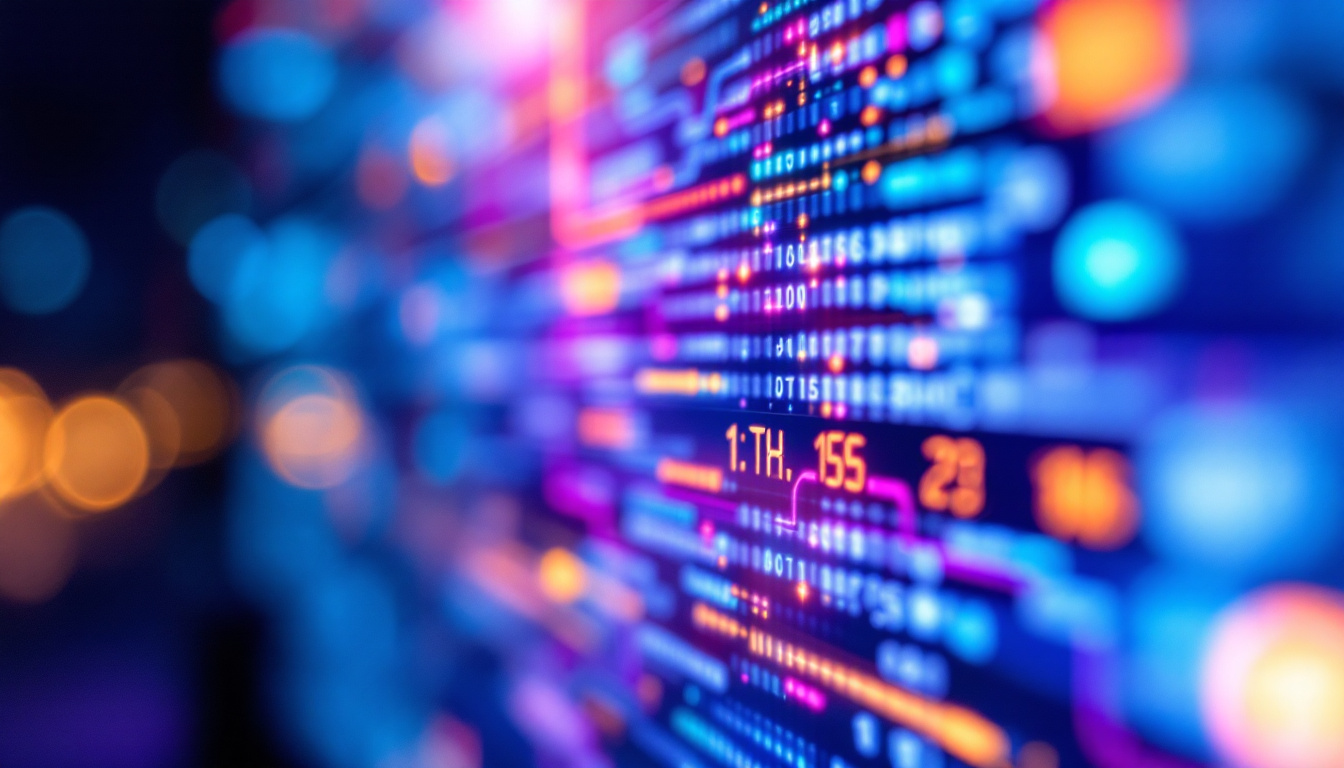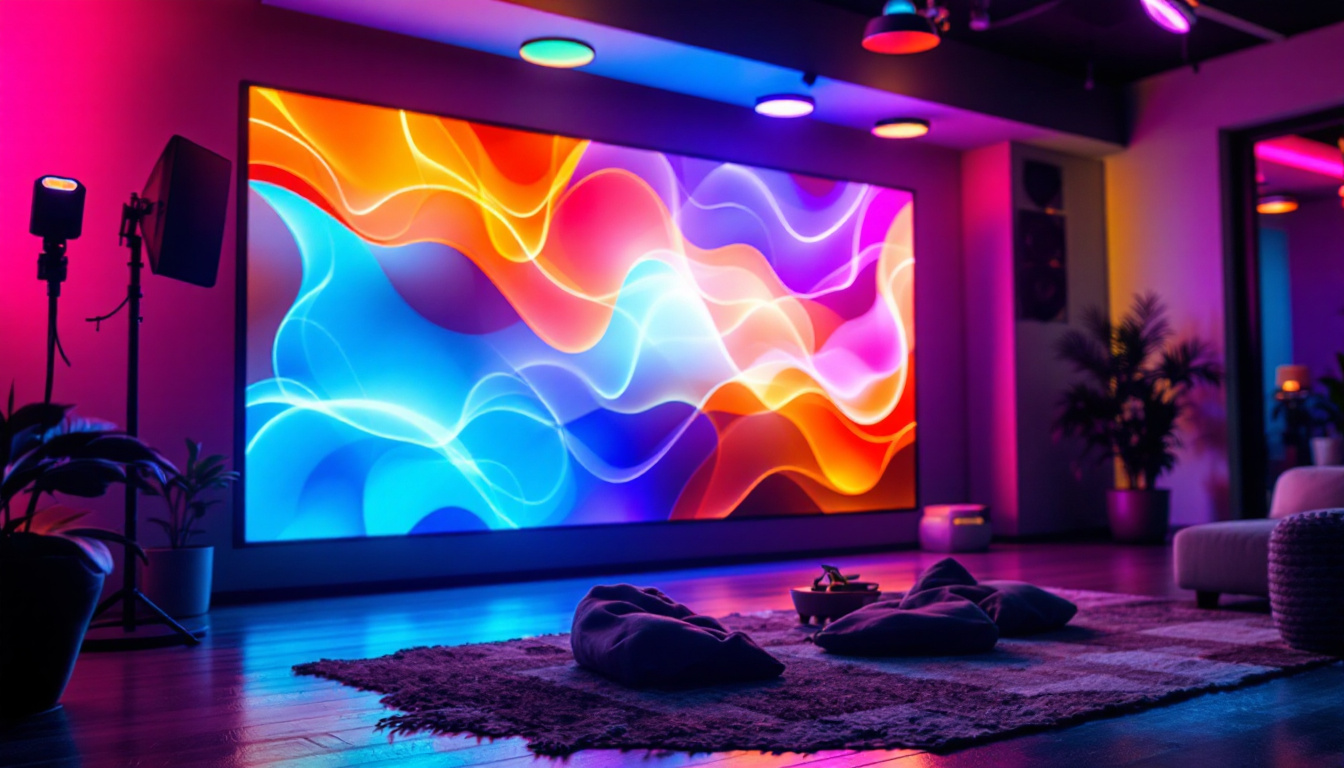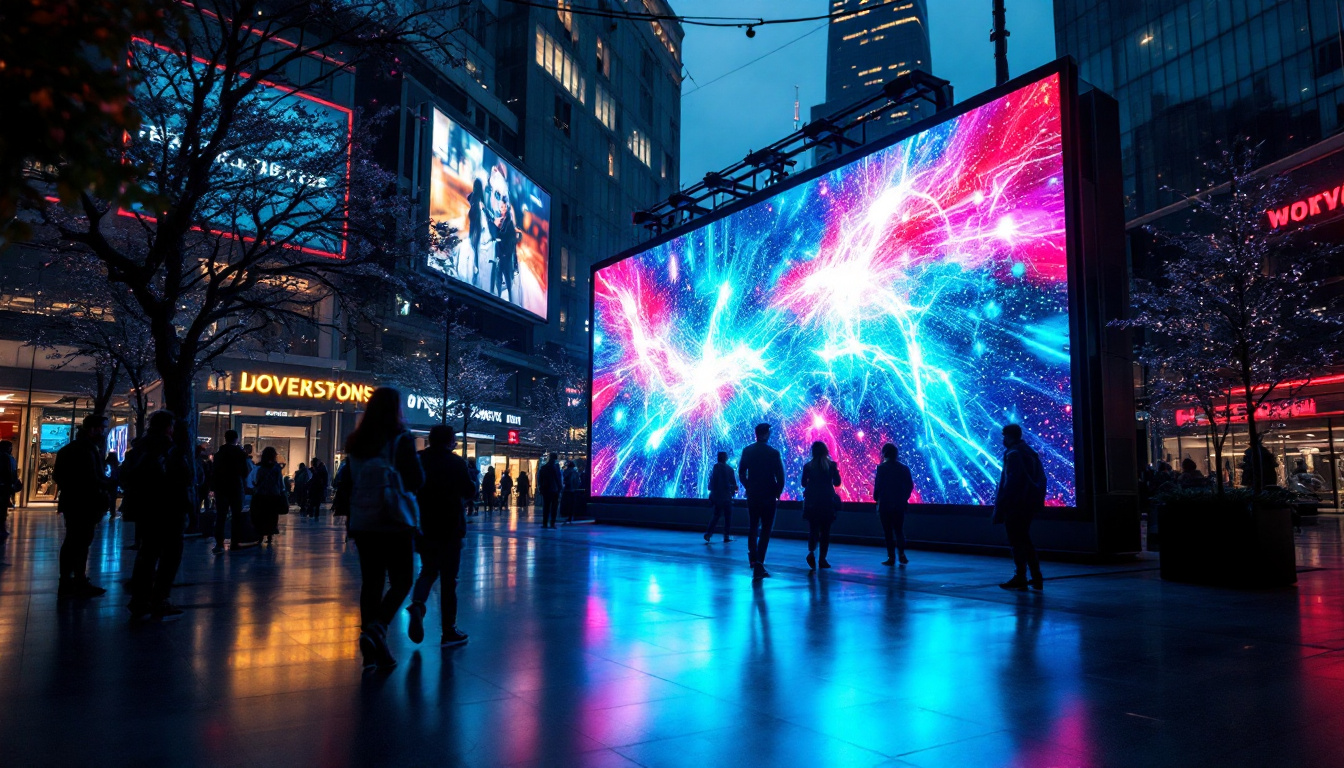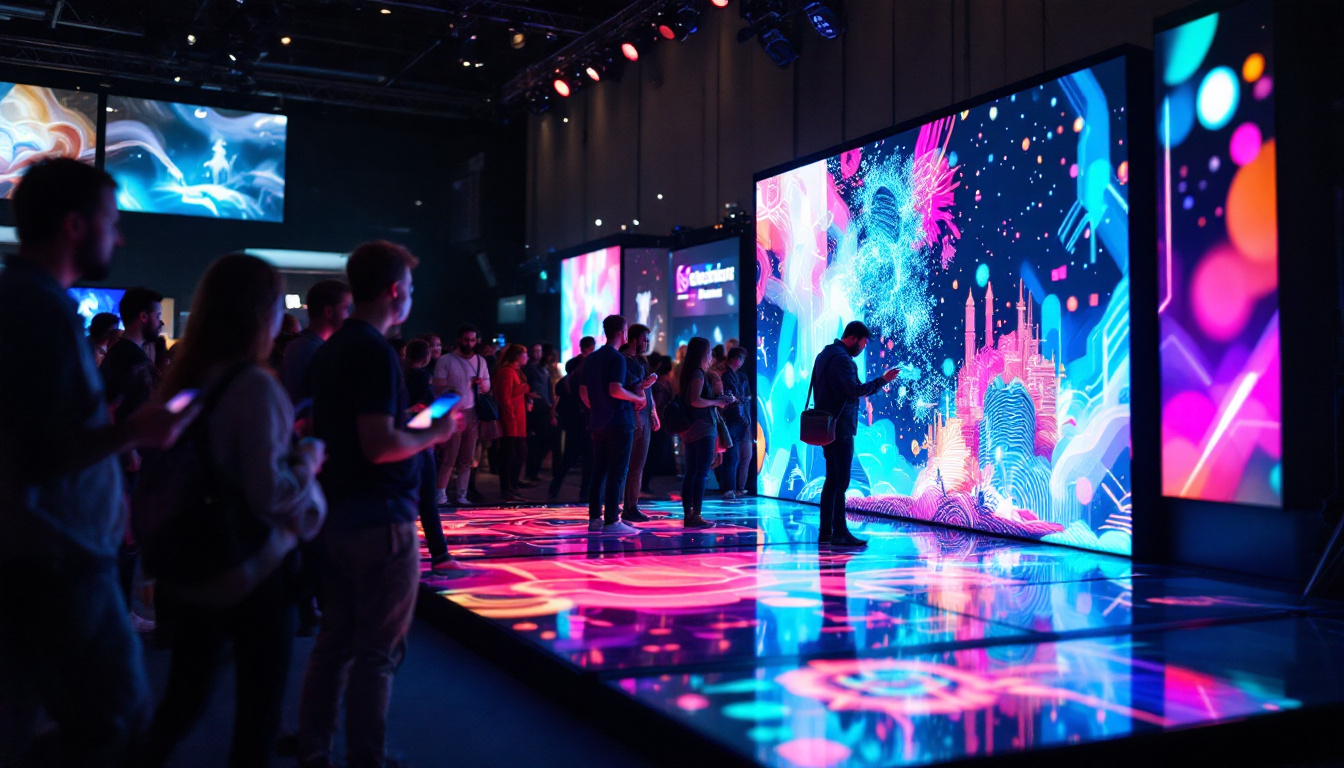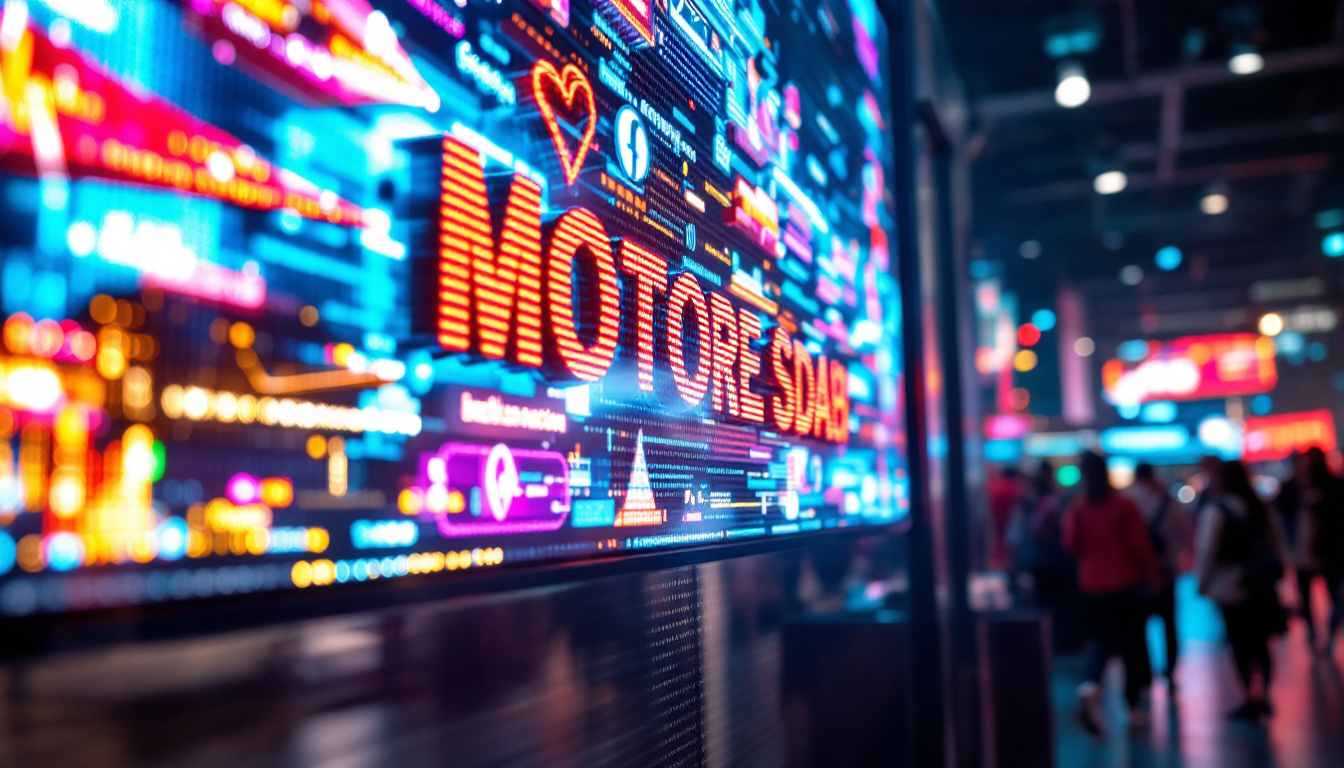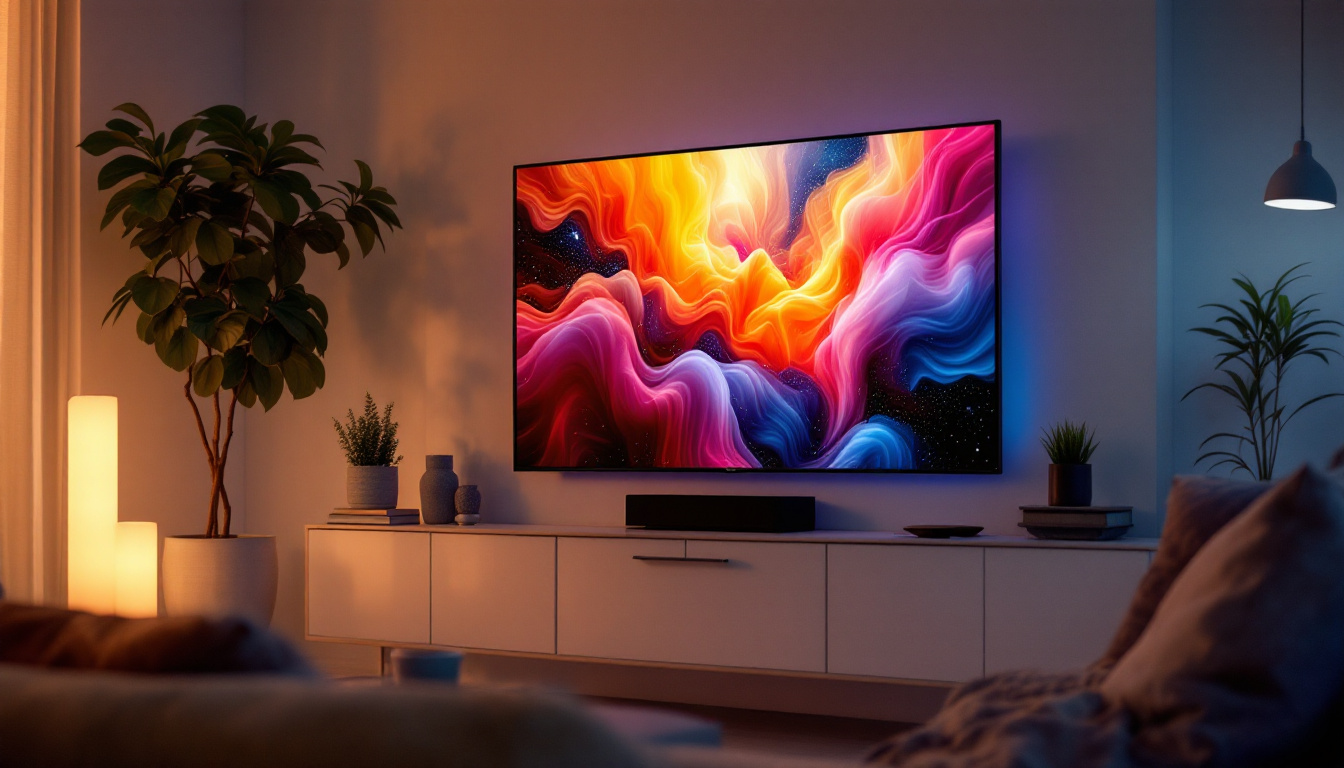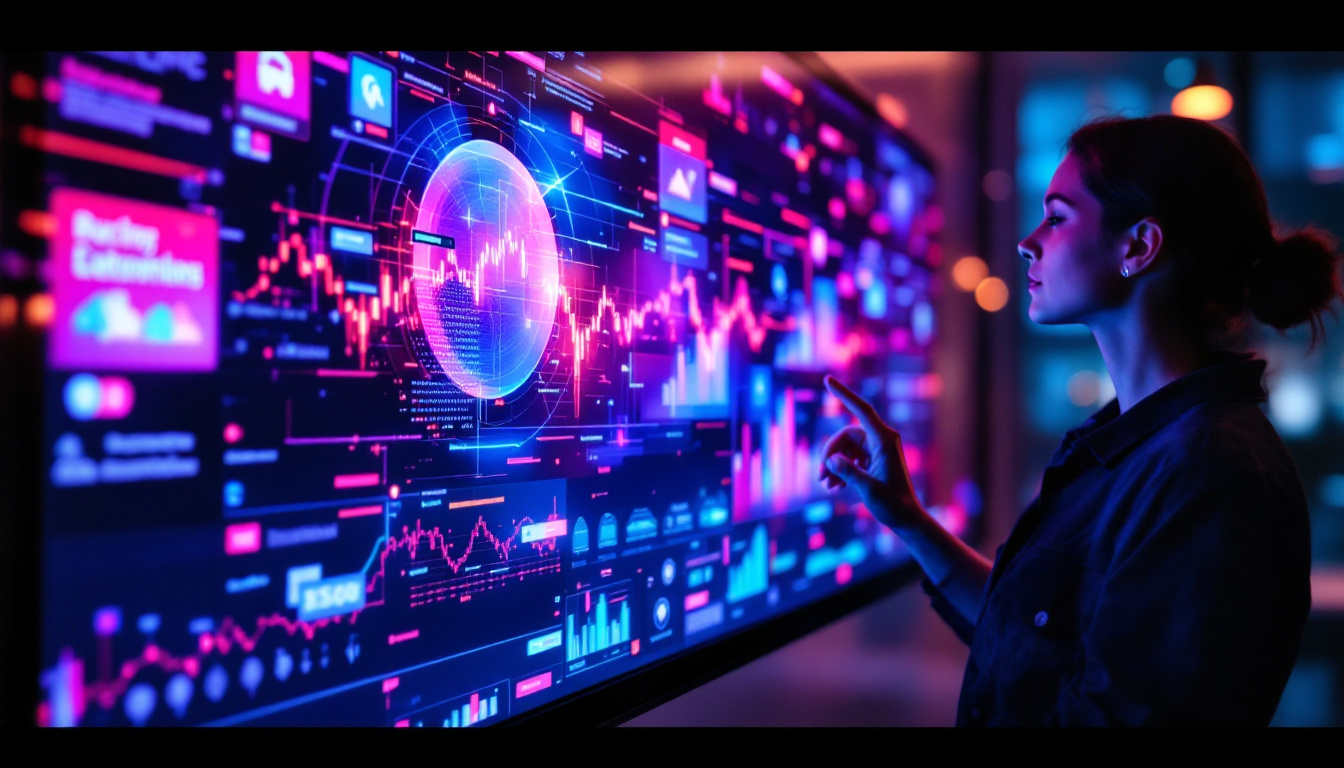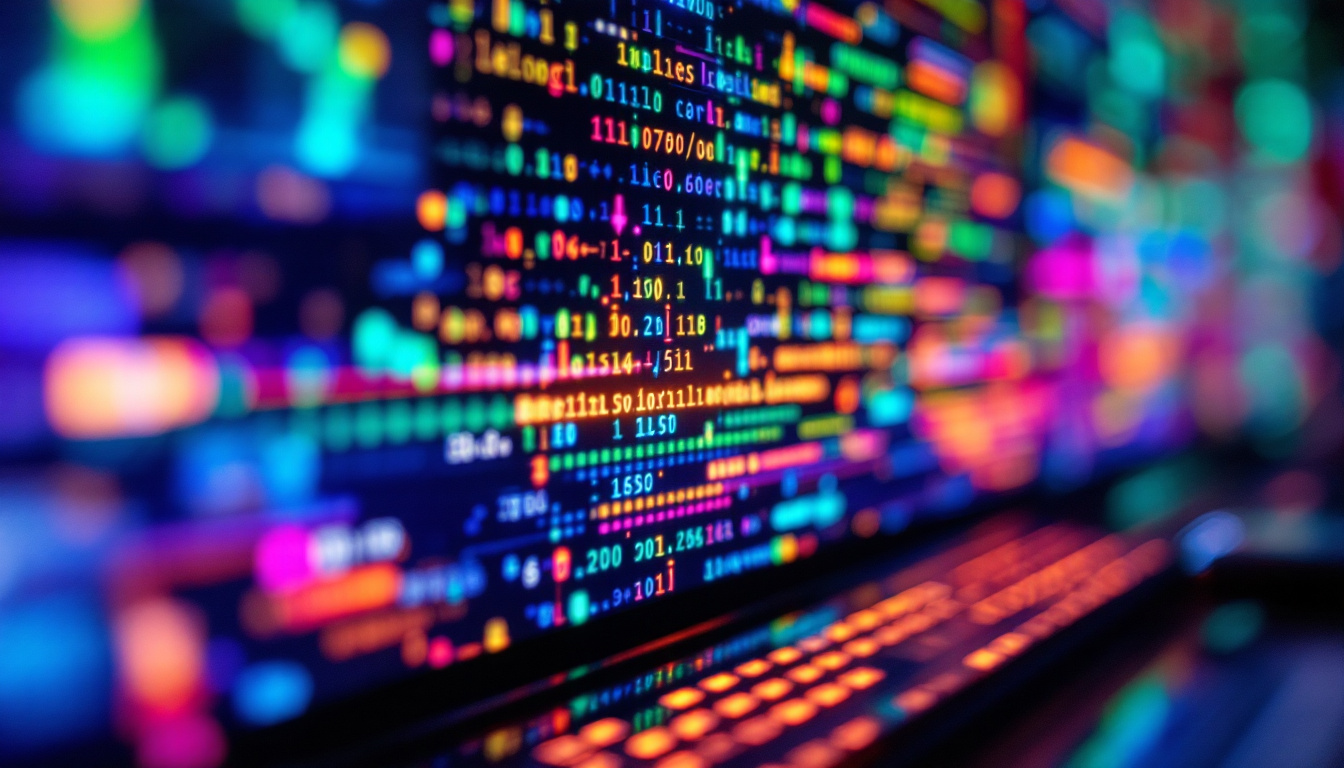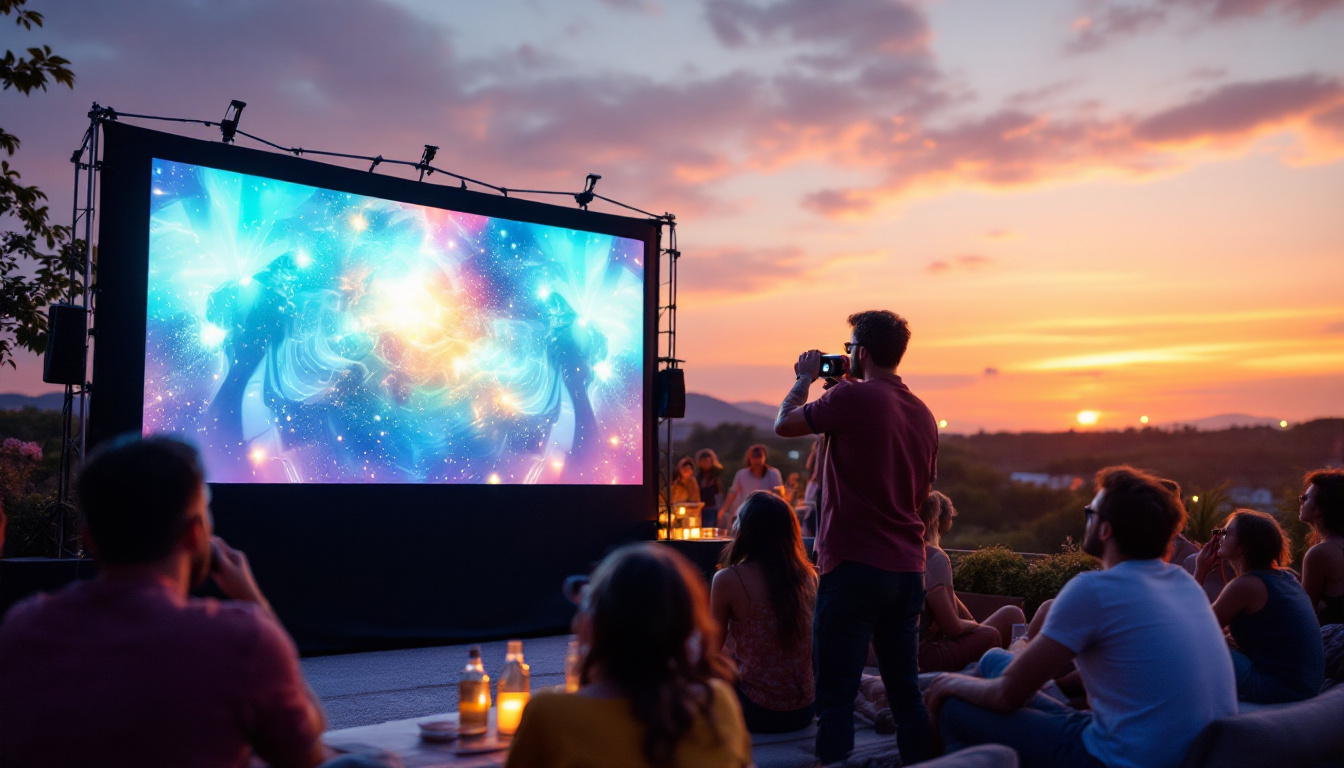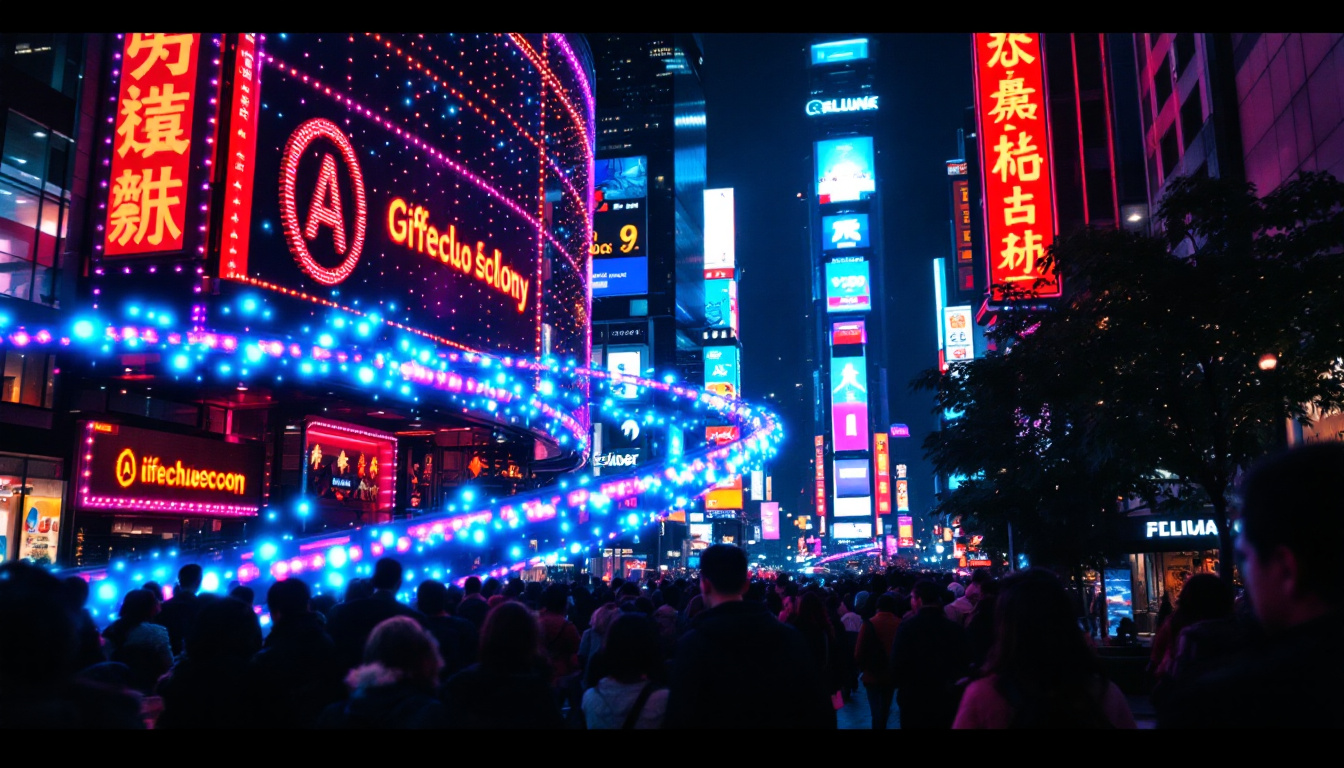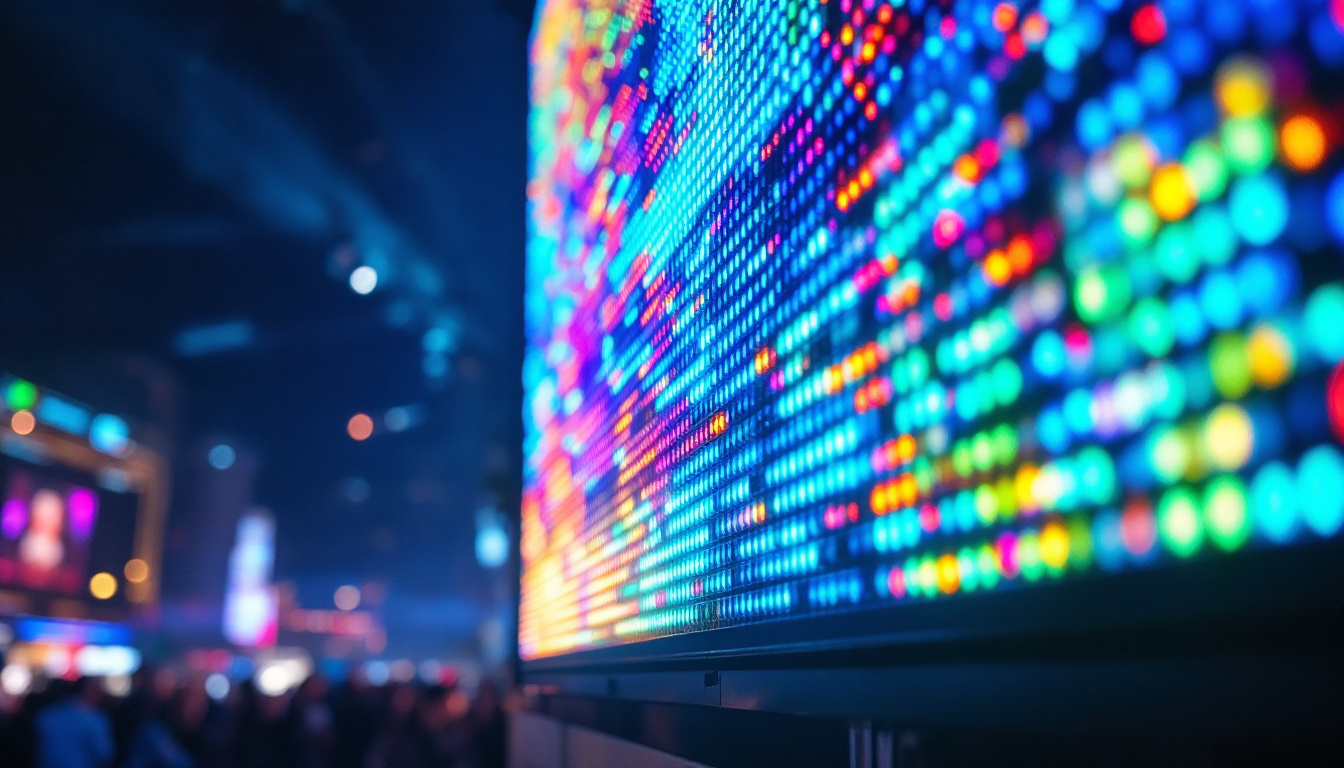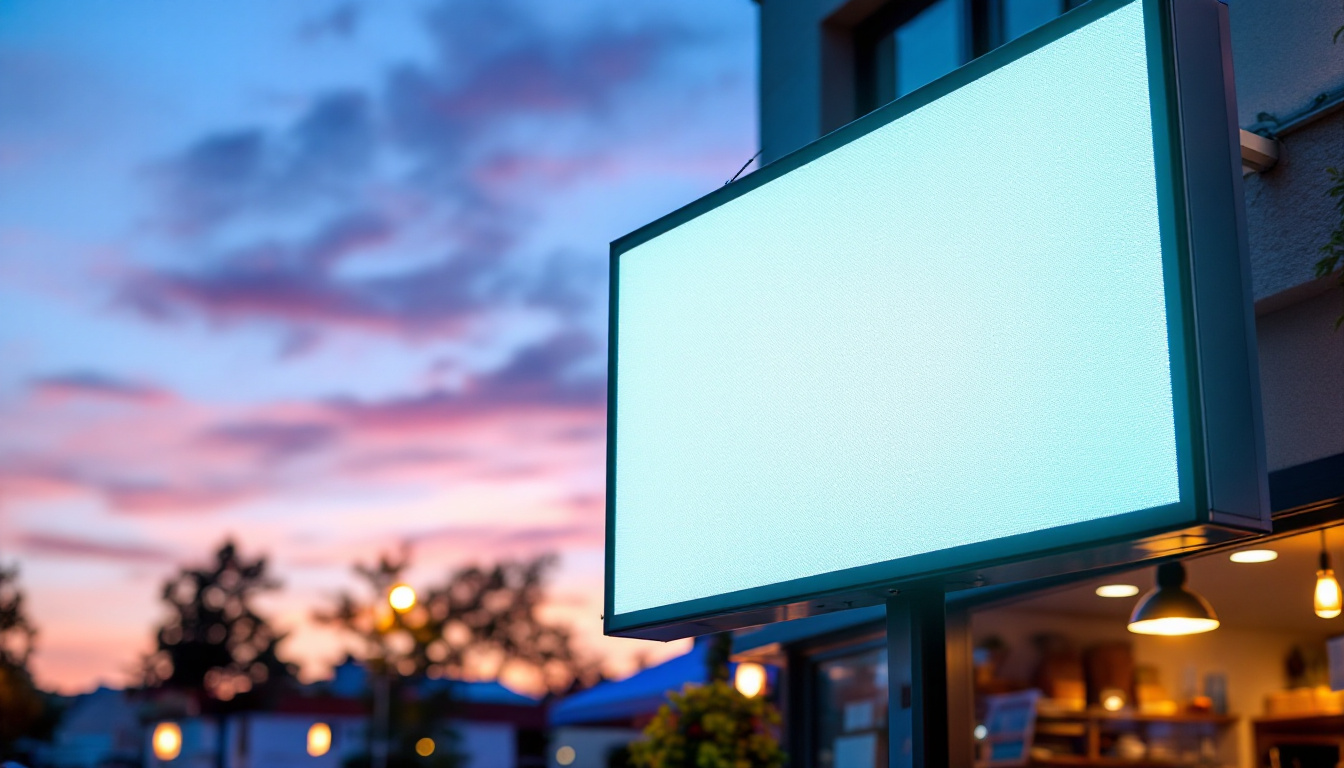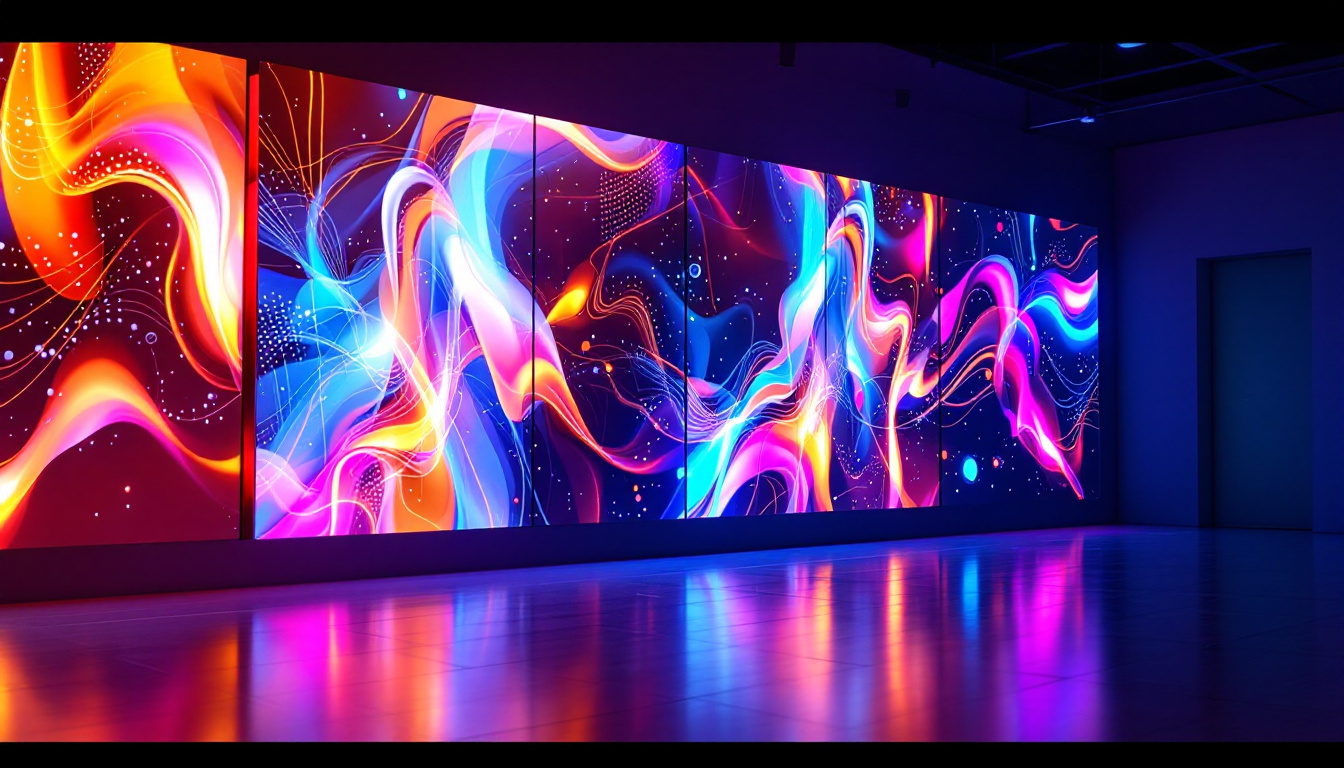In the realm of modern technology, LED displays have become ubiquitous, transforming the way information is conveyed visually. Among the various types of LED screens available, the P3.91 LED screen stands out due to its impressive resolution and versatility. This article delves into the intricacies of the P3.91 LED screen, exploring its features, applications, and benefits.
Understanding LED Technology
Light Emitting Diode (LED) technology has revolutionized the display industry, offering brighter, more efficient, and longer-lasting alternatives to traditional display methods. Unlike conventional screens that rely on backlighting, LED screens utilize individual diodes to emit light, resulting in enhanced color accuracy and energy efficiency.
How LED Displays Work
At the core of LED displays is the arrangement of tiny diodes, which are grouped into pixels. Each pixel comprises red, green, and blue (RGB) components that combine to produce a spectrum of colors. The P3.91 LED screen specifically refers to the pixel pitch of 3.91 millimeters, indicating the distance between the centers of two adjacent pixels. This compact pixel pitch allows for high-resolution images, making it ideal for close-up viewing.
The technology behind LED displays also includes the use of advanced driver circuits that control the brightness and color of each pixel. This precise control ensures that images are displayed with remarkable clarity and vibrancy, making LED screens suitable for a wide range of applications. Additionally, the rapid response time of LED technology allows for smooth video playback and dynamic content, making it a preferred choice for advertising, entertainment, and live events.
Benefits of LED Displays
LED displays, particularly those with smaller pixel pitches like the P3.91, offer numerous advantages over traditional display technologies. One of the most significant benefits is their energy efficiency. LED screens consume less power than LCD or plasma displays, resulting in lower operational costs and a reduced carbon footprint.
Additionally, LED displays are known for their longevity. With a lifespan that can exceed 100,000 hours, they require less frequent replacements, making them a cost-effective choice in the long run. Furthermore, LED technology is highly adaptable, allowing for various configurations, including curved and flexible designs, which can enhance the visual experience in unique settings. The versatility of LED displays also extends to their applications; they are used in everything from large outdoor billboards to intricate indoor installations, showcasing their ability to cater to diverse environments and audiences.
Moreover, the durability of LED displays is another noteworthy benefit. Unlike traditional screens that can easily suffer from screen burn-in or damage from environmental factors, LED displays are typically more resilient to such issues. This resilience makes them ideal for outdoor use, where they can withstand varying weather conditions while maintaining performance. The combination of these factors not only enhances the user experience but also solidifies LED technology as a leading choice in modern display solutions.
Applications of P3.91 LED Screens
The versatility of P3.91 LED screens makes them suitable for a diverse array of applications. From advertising to entertainment, these displays can be found in various environments, each leveraging the technology’s capabilities to enhance viewer engagement.
Advertising and Marketing
P3.91 LED screens are increasingly used in advertising due to their ability to capture attention with vibrant colors and dynamic content. Retailers often install these displays in storefronts or shopping malls to showcase promotions and attract customers. The high resolution ensures that even intricate details are visible, making advertisements more effective.
Moreover, digital billboards featuring P3.91 screens can display multiple advertisements in a rotating format, maximizing exposure for different brands. This flexibility allows advertisers to reach a broader audience and adapt their messaging in real-time based on current trends or events.
Events and Entertainment
In the realm of events and entertainment, P3.91 LED screens have become a staple. Concerts, festivals, and corporate events utilize these displays for stage backdrops, providing stunning visuals that enhance the overall experience. The high resolution ensures that even from a distance, the audience can enjoy clear and captivating imagery.
Additionally, live broadcasts and sports events benefit from P3.91 screens, which can display real-time statistics, highlights, and promotional content. This integration of technology not only entertains but also informs the audience, creating a more immersive experience.
Indoor and Outdoor Installations
The P3.91 LED screen is designed for both indoor and outdoor use, making it a versatile choice for various settings. Indoor installations can be found in shopping malls, airports, and conference centers, where they serve as information displays or promotional tools. Their ability to deliver high-quality images in well-lit environments is a significant advantage.
For outdoor applications, P3.91 screens are built to withstand the elements, featuring weather-resistant components. This durability allows them to be used in outdoor advertising, public events, and sports arenas, ensuring that content remains visible and engaging regardless of weather conditions.
Technical Specifications of P3.91 LED Screens
Understanding the technical specifications of P3.91 LED screens is crucial for evaluating their performance and suitability for specific applications. These specifications provide insight into the screen’s capabilities and help users make informed decisions.
Pixel Pitch and Resolution
The pixel pitch of 3.91 mm indicates the density of pixels on the screen. A smaller pixel pitch translates to higher resolution, allowing for clearer images and more detailed content. For instance, a P3.91 screen typically has a resolution of 256 x 128 pixels per square meter, making it ideal for applications where viewers are in close proximity to the display.
This high resolution is particularly beneficial for indoor settings where viewers may be just a few feet away from the screen. In contrast, outdoor displays may utilize larger pixel pitches to accommodate longer viewing distances, ensuring that content remains legible from afar.
Brightness and Contrast Ratio
Brightness is another critical specification for LED displays. P3.91 screens typically offer brightness levels ranging from 1,200 to 2,000 nits, making them suitable for both indoor and outdoor environments. High brightness ensures that images remain vibrant and clear, even in direct sunlight or brightly lit areas.
The contrast ratio, which measures the difference between the darkest and lightest parts of an image, also plays a significant role in display quality. A higher contrast ratio enhances image depth and clarity, contributing to a more engaging viewing experience. P3.91 LED screens generally boast excellent contrast ratios, ensuring that colors appear rich and dynamic.
Installation and Maintenance Considerations
While the benefits of P3.91 LED screens are numerous, proper installation and maintenance are essential to ensure optimal performance and longevity. Understanding these considerations can help users maximize their investment in LED technology.
Installation Guidelines
Installing a P3.91 LED screen requires careful planning and execution. Factors such as location, mounting structure, and power supply must be considered. For indoor installations, ensuring adequate space for ventilation and access to maintenance points is crucial.
Outdoor installations necessitate additional considerations, such as weatherproofing and structural integrity. The mounting system must be robust enough to withstand wind and other environmental factors. Collaborating with experienced professionals can help ensure a successful installation that meets safety standards and operational requirements.
Maintenance Practices
Regular maintenance is vital for keeping P3.91 LED screens in peak condition. This includes routine cleaning to remove dust and debris, which can affect brightness and image quality. Additionally, periodic inspections of electrical components and connections can help identify potential issues before they escalate.
Many manufacturers provide guidelines for maintenance schedules and best practices. Following these recommendations can extend the lifespan of the display and ensure consistent performance over time.
Future Trends in LED Display Technology
The LED display industry is continuously evolving, with advancements that promise to enhance performance, efficiency, and user experience. Keeping an eye on these trends can provide valuable insights into the future of P3.91 LED screens and similar technologies.
Advancements in Resolution
As technology progresses, the demand for higher resolution displays is increasing. Future iterations of LED screens may feature even smaller pixel pitches, allowing for ultra-high-definition images that deliver unparalleled clarity. This trend is particularly relevant for applications in virtual reality and augmented reality, where immersive experiences are paramount.
Moreover, advancements in micro-LED technology are paving the way for displays that offer improved brightness, color accuracy, and energy efficiency. These innovations could redefine the standards for LED displays, including the P3.91 model.
Integration with Smart Technology
The integration of LED displays with smart technology is another trend gaining traction. As the Internet of Things (IoT) continues to expand, LED screens can be connected to various devices and systems, enabling real-time data sharing and interactive content. This connectivity can enhance user engagement and create more dynamic advertising opportunities.
For instance, smart LED displays can adapt their content based on audience demographics, weather conditions, or even current events. This level of customization allows for more effective communication and marketing strategies.
Conclusion
The P3.91 LED screen represents a significant advancement in display technology, offering exceptional resolution, versatility, and energy efficiency. Its applications span a wide range of industries, from advertising to entertainment, making it a valuable tool for engaging audiences and conveying information effectively.
As technology continues to evolve, the future of LED displays looks promising, with advancements that will further enhance their capabilities and integration into everyday life. Understanding the features, benefits, and maintenance considerations of P3.91 LED screens is essential for anyone looking to leverage this technology for their business or event.
In summary, the P3.91 LED screen is not just a display; it is a powerful medium for communication, creativity, and connection in an increasingly digital world.
Discover LumenMatrix’s Innovative LED Solutions
Ready to elevate your visual communication with the latest in LED technology? Look no further than LumenMatrix, a pioneer in crafting immersive LED display modules tailored to your needs. From vibrant Indoor and Outdoor LED Wall Displays to dynamic Vehicle and Sports LED Displays, our solutions are designed to captivate and engage. Experience the future of digital signage with our versatile offerings, including LED Poster Displays, Floor LED Displays, Custom configurations, All-in-One solutions, and Transparent LED Displays. Embrace the power of exceptional visual storytelling with LumenMatrix. Check out LumenMatrix LED Display Solutions and transform your space today.

